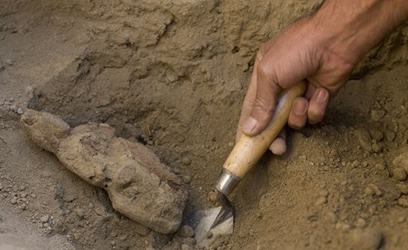Kenya, Jul 17 — A group of nine Chinese archeological experts have arrived in Kenya ahead of the second phase of the excavation exercise in search of an ancient kingdom believed to be buried at the country’s coastal region.
The nine from the Peking University’s School of Archeology and Museology join six of their compatriots who arrived in the country earlier, and two Kenyan experts who will start excavating three sites in Mambrui.
They are looking for the ancient Malindi Kingdom, believed to be where there was first contact between the Swahili and the Chinese in the 14th century. The excavation starts on July 18.
If the team makes a breakthrough, the Mambrui town will be placed among the historical heritage sites and attracts tourists, putting Kenya and the Coast further up the ladder as a destination of choice for tourists.
According to the team leader, Professor Qin Dashu, the team will be spending the next two months excavating the land in Mambrui.
Later in November, another group of experts will arrive in the country to do underwater archeology in search of a ship wreck believed to have been used for trade during the ninth century.
National Museums of Kenya’s Coast region Assistant Director Athman Hussein and head of Coastal archeology Jambo Haro said the project, dubbed Sino-Kenya project, is funded by the Chinese government to the tune of 2.4 million U.S. dollars.
“What we want to work is to look for ancient Malindi Kingdom. You know, Malindi Kingdom is a very famous ancient kingdom in China because in ancient literature material, the Chinese began to record Malindi Kingdom from the ninth century and they keep writing,” Qin said in Mombasa on Monday.
He said the current Malindi town was moved away from the ancient Malindi Kingdom. Kenyan scholars believe the ancient Kingdom was actually situated around Mambrui. The area is now a Muslim cemetery in Mambrui.
In October 2010, the team discovered an early 15th century Chinese coin, the remains of an iron smelter accompanied by iron slag, and a jade-green shard of porcelain believed to come from Long Quan, a kiln that made porcelain exclusively for the royal family during the early Ming Dynasty.
In 2008, a ship wreck, estimated to be between 400-600 years old, was discovered in Ngomeni by Kenyan underwater archeologist Caesar Bita. Bita said the East African coast has been very active in terms of intercontinental trade.
“We have got evidence of the connections between the Swahili Coast and the Persian Gulf and West Coast of India and China. Investigations are still ongoing.
“The mission between Kenya and China is now trying to prove whether really there is a Chinese ship wreck here at the Coast. We have done some investigations and found evidence in terms of pottery that tells us that really there has been commerce between Kenya and China,” Bita said.
However, the ship wreck that will confirm this commerce in Malindi has not been found. The exercise is part of the cultural exchange program between the Kenyan and Chinese governments.
“The discovery so far made will help us place a remote town like Mambrui in its rightful historical context,” said Haro.
He said the discoveries so far made indicate that Mambrui was actually founded around the 14th century unlike previous records which indicate that the town was founded around the 16th century.










































